Summary
Standing at an elevation of 13,114 feet, it is the highest point in Yosemite National Park. This majestic mountain spans a sizeable area, with a prominence of approximately 2,200 feet. It is a popular destination for mountaineers due to its challenging terrain and breathtaking views.
During the winter season, Mount Lyell experiences significant snowfall, contributing to its allure for winter sports enthusiasts. The snowpack range can vary depending on the year, with depths ranging from several feet to over ten feet in some areas. This abundant snowfall creates ideal conditions for skiing, snowboarding, and snowshoeing.
The mountain also plays a crucial role in the hydrological system of the region. Several creeks and rivers, such as the Lyell Fork and the Dana Fork of the Tuolumne River, receive runoff from Mount Lyell's glaciers and snowfields. These water sources contribute to the overall water supply in the area, supporting both ecosystems and human activities.
The name "Mount Lyell" pays tribute to Charles Lyell, a renowned British geologist of the 19th century. Lyell was a pioneer in the field of geology and greatly influenced the modern understanding of Earth's geological processes. The mountain's name honors his contributions to the scientific community.
While there are no specific legends or lore associated with Mount Lyell, its rich geological history and challenging terrain make it a source of fascination for outdoor adventurers and nature enthusiasts alike.
Weather Forecast
Regional Streamflow Levels
81
Cubic Feet Per Second
154
Cubic Feet Per Second
416
Cubic Feet Per Second
56
Cubic Feet Per Second
Area Campgrounds
| Location | Reservations | Toilets |
|---|---|---|
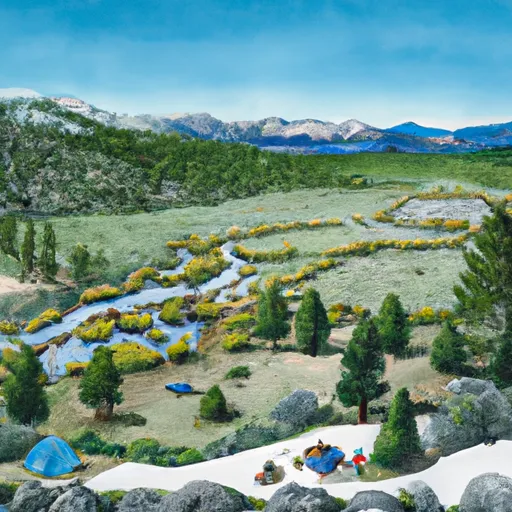 Lyell Fork
Lyell Fork
|
||
 Backpacker's Wilderness Campsite
Backpacker's Wilderness Campsite
|
||
 Vogelsang Backpacker Camp
Vogelsang Backpacker Camp
|
||
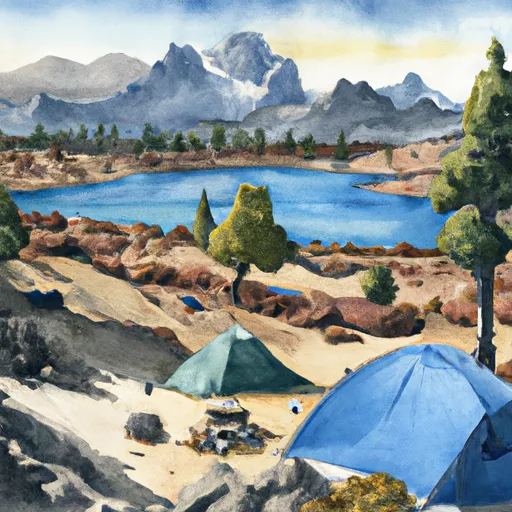 Minaret Lake
Minaret Lake
|
||
 Silver Lake - June Lake
Silver Lake - June Lake
|
||
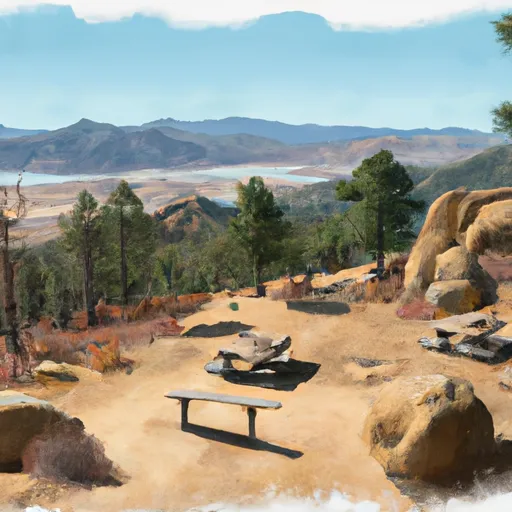 Aerie Crag Picnic Area
Aerie Crag Picnic Area
|

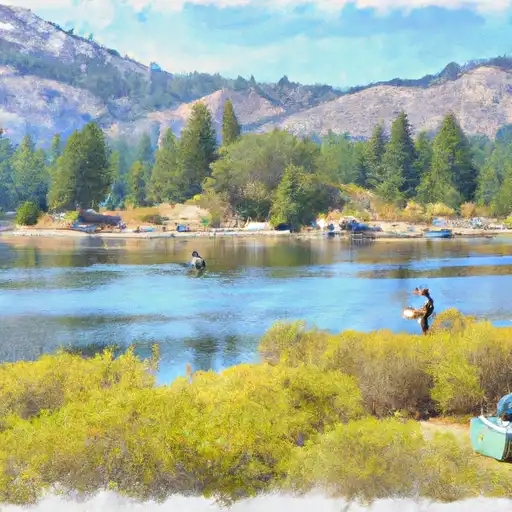 Isberg Lakes
Isberg Lakes
 Ediza Lake
Ediza Lake
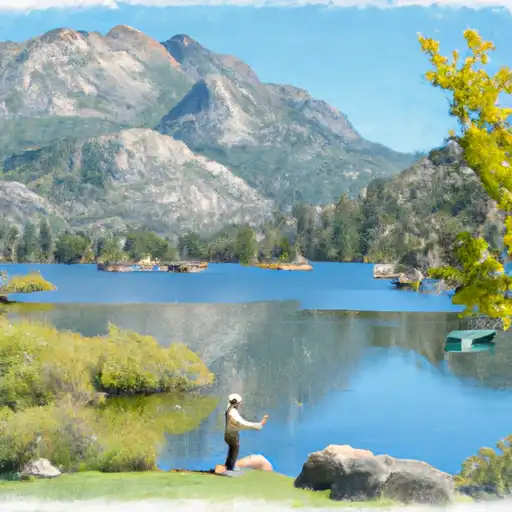 Silver Lake (June Lake)
Silver Lake (June Lake)
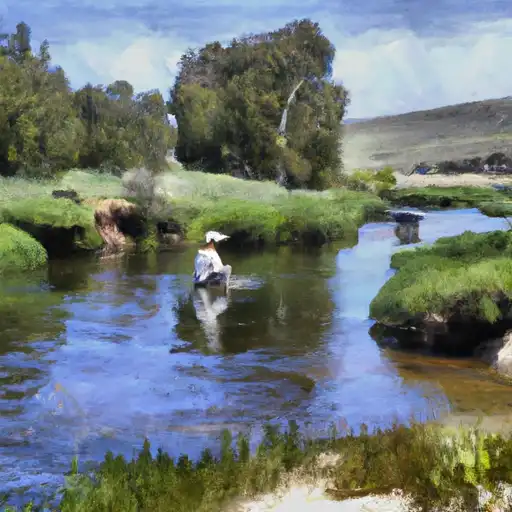 Rush Creek
Rush Creek
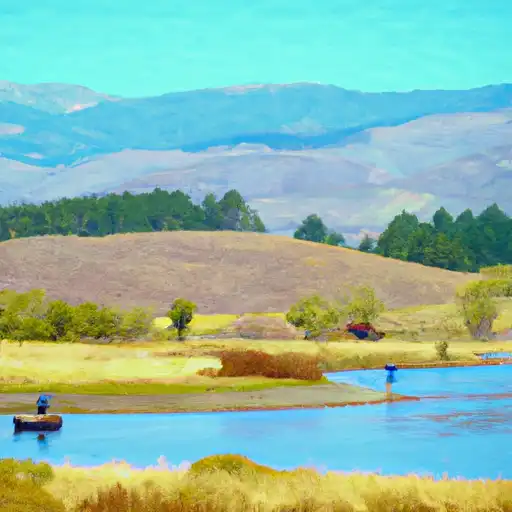 Grant Lake
Grant Lake